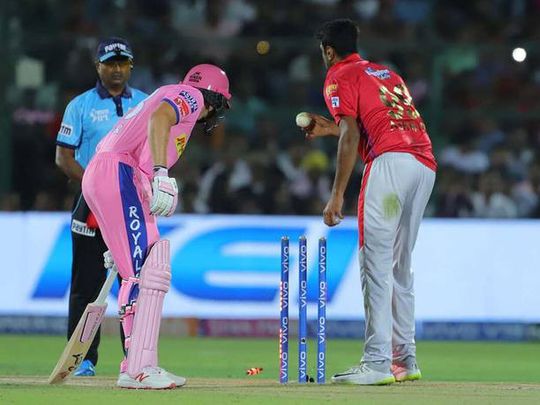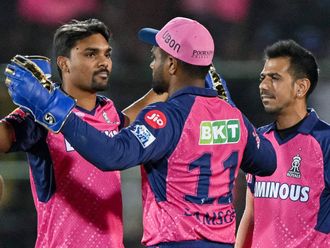
London: The Marylebone Cricket Club (MCC) on Wednesday approved new laws, which will remove the ‘Mankad’ method of dismissing batters from those listed under unfair play. The MCC also banned the use of saliva to shine the cricket ball.
The far-reaching rules will come into effect from October 2022.
The MCC said in a statement that the game had evolved and the MCC Laws subcommittee had suggested changes for the 2022 Code, “which were subsequently approved at the Club’s Main Committee meeting last week.”
According to MCC, the law on running out the non-striker — commonly called the “Mankad” dismissal, which involves a bowler choosing to whip off the bails when a non-striker steps out of the crease instead of completing his delivery to the batter on strike — will now not be termed ‘unfair play’.
Unfair play to run out
“Law 41.16 — running out the non-striker — has been moved from Law 41 (Unfair play) to Law 38 (Run out). The wording of the Law remains the same,” said the MCC in a statement.
It also said that applying saliva to the ball was no longer permitted as research had found that “it (applying saliva) had little or no impact on the amount of swing the bowlers were getting”.
New batter to take strike
First trialled by the ECB in The Hundred at the suggestion of MCC, Law 18.11 has now been changed so that, when a batter is out caught, the new batter shall come in at the end the striker was at, i.e. to face the next ball (unless it is the end of an over).
In the modern game, batters are, more than ever, moving laterally around the crease before the ball is bowled. It was felt unfair that a delivery might be called ‘Wide’ if it passes where the batter had stood as the bowler entered his/her delivery stride. Therefore, Law 22.1 has been amended so that a Wide will apply to where the batter is standing, where the striker has stood at any point since the bowler began their run up, and which would also have passed wide of the striker in a normal batting position.












